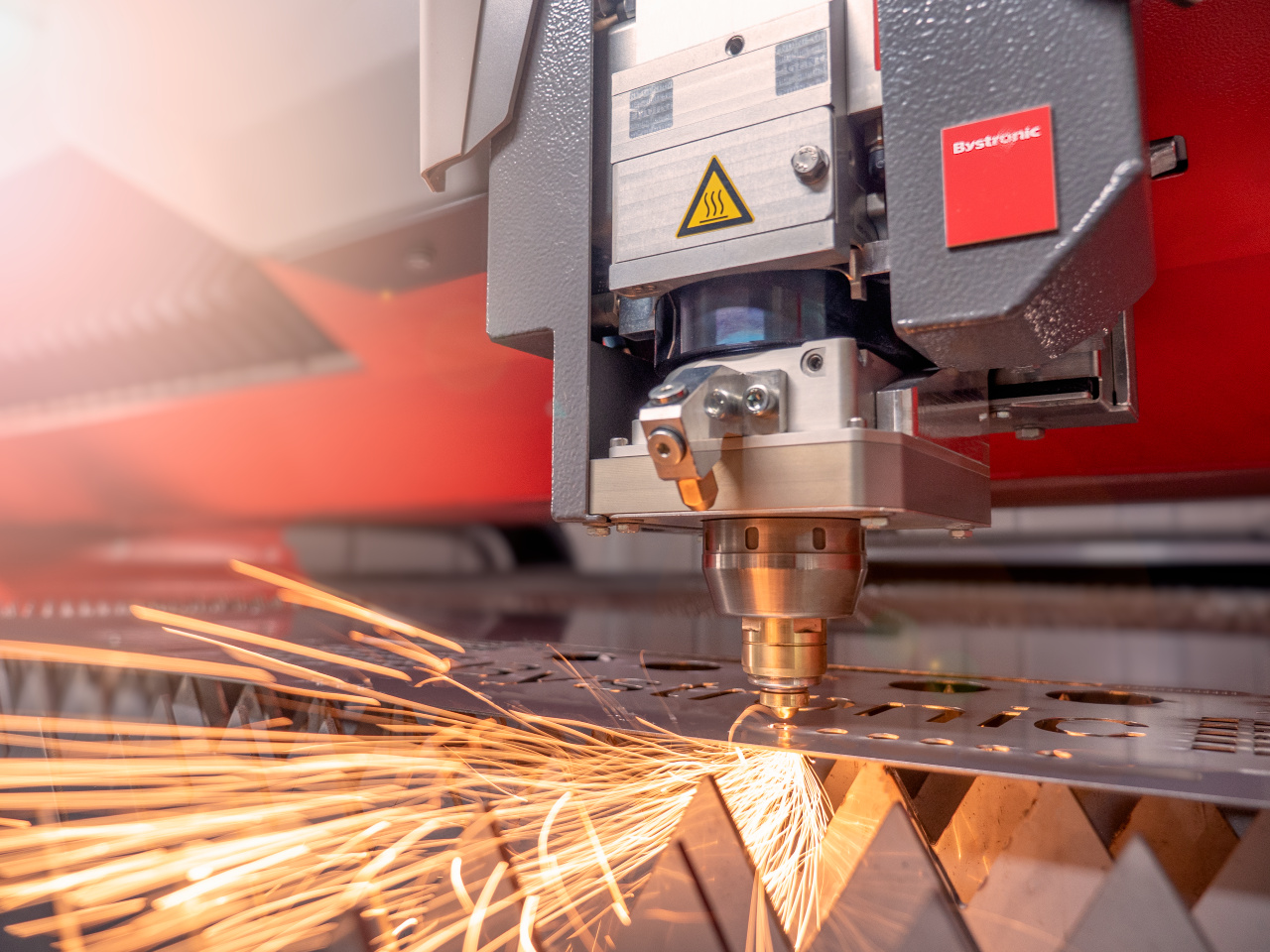Why Prototyping Is Vital For The Industry? | Salamander
Prototypes are used in many industries to provide confirmation (or not as the case may be) that a design is viable and will meet end user needs. They’re also built to answer questions around the design – for example, to ascertain whether the costs of the build outweigh the benefits or provide better visualisation if stakeholders are yet to be bought into the idea.
What is a prototype?
Between the design phase of a product and its market introduction, a prototype (or early model or sample) is built to help identify any gaps in its design and assess where extra work might be required. This working example helps manufacturers to improve and better the product after receiving valuable feedback from clients and end users. Because of that, it can be a crucial stage of the manufacturing process.There are many benefits of prototyping including:
Better visualisation and understanding
Bringing designs to life in this way helps the team better understand the look and feel of the final product and provide strong visualisation for any stakeholders or potential end users.
Cost-saving and efficiencies
Because prototyping takes place in the initial stages of a build, any changes or improvements can be carried out early on, before any real effort or money has gone into developing the final product. Assessing where improvements are needed and making those changes early enables designers and manufacturers to achieve their objectives and have certainty in the final version.
Gain valuable user feedback
The impacting results from prototyping come from the users themselves, as designers are given a clearer picture of what works for them – and what doesn’t. User testing gives you immediate answers as to how valuable and usable a product will be for its intended audience. This might mean new features are required or some parts may need to be redesigned – but this will have been identified at an early enough stage.
To speak to a member of the team about prototyping in the manufacturing industry, get in touch.


